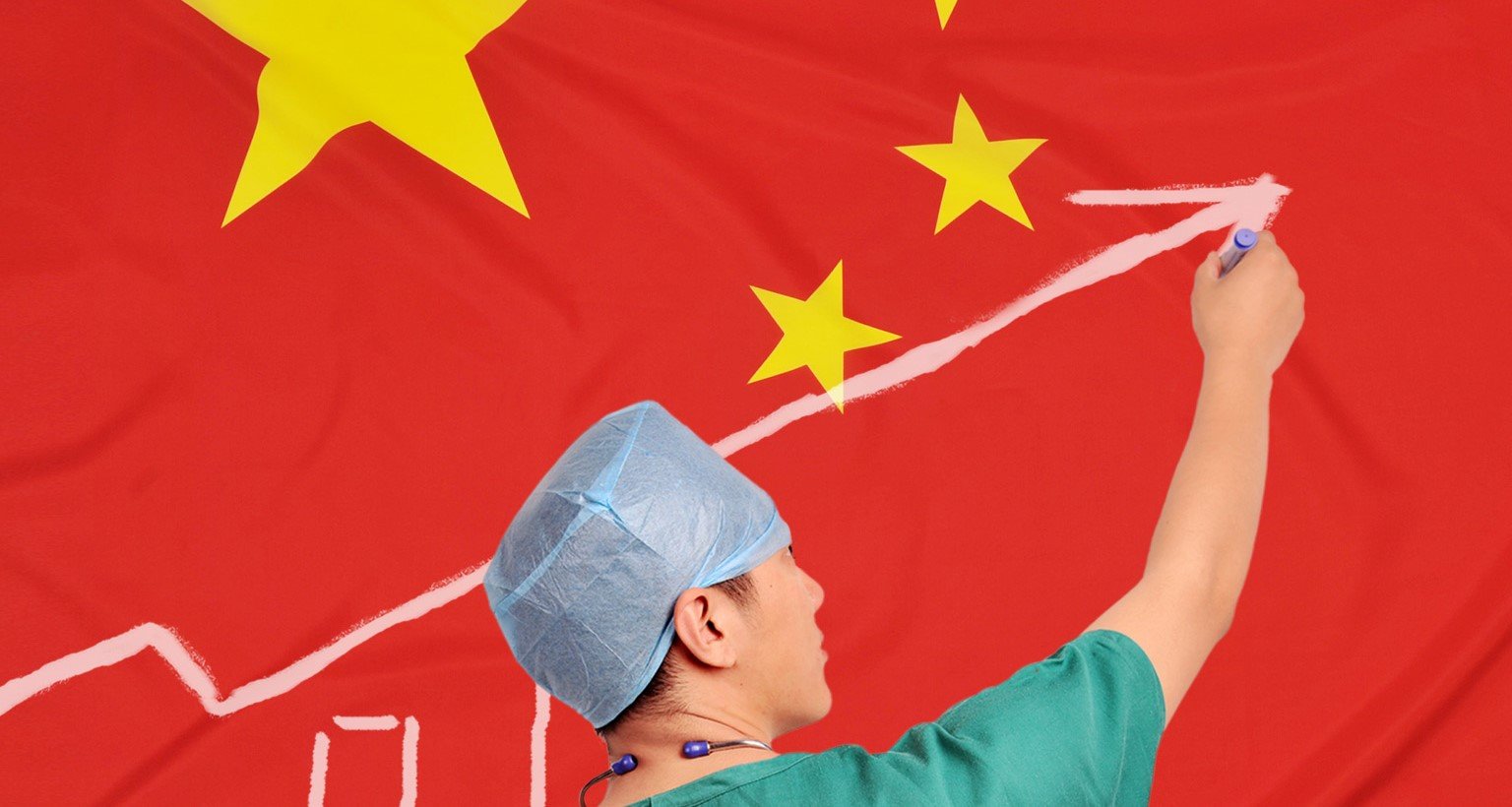

Oct
The medical system represents yet another case study involving a service which hasn’t exactly managed to keep up (in a directly proportionate manner, that is) with China’s explosive multi-decade economic growth… at least, not in a homogeneous manner. Of course, as pretty much always, it is possible to “cheat” by cherry-picking examples from affluent regions such as Beijing or Shanghai.
In such instances, indeed, we are dealing with services which are frequently at parity with their Western counterparts and, even more so, some facilities are even medical tourism destinations thanks to the excellent cost/price ratio they are able to put on the table. On the opposite end of the spectrum (when referring to poorer regions), unfortunately, we have a snapshot which tends to be quite gloomy: under-prepared medical staff (frequently not even at a bachelor’s degree level by Western standards), improper infrastructure and the list could go on and on.
One word: fragmentation.
Needless to say, patients are well aware of this reality and simple game theory tells us that they tend to flock toward the (half-)decent centers. On the one hand, this means that the roughly 2,300 high(er)-end hospitals are for the most part running at full capacity/potential (accounting for roughly 20% of yearly outpatient consultations), whereas almost one million lower end hospitals (closer to 950,000, to be more precise) are not exactly patient magnets.
To make matters worse in terms of organization, you will not find the general practitioner-oriented system you might have grown accustomed to in the West over in China. Therefore, it should come as no surprise that this lack of structure brings about a chaotic framework (lack thereof), where those who need medical attention simply rush toward China’s overly-crowded high-end medical institutions in an effort to get the best possible medical treatment.
When it comes to the number of physicians on a per capita basis, the situation doesn’t seem dramatic in China, with roughly 14 doctors for every 10,000 citizens at this point in time. However, as mentioned previously, the less than two general practitioners for every 10,000 Chinese citizens paint the picture of a system that is not exactly a textbook case study of efficiency.
China’s looming demographic difficulties add gasoline to fire.
As it stands, the medical system has difficulties adjusting to the needs of the approximately 65,000,000 elderly. This already-problematic figure is expected to increase all the way to 250,000,000 in a little over ten years (by 2030, to be more precise), a projection which speaks for itself in terms of the challenges China’s medical system is facing.
On the “public vs. private” front, it is worth noting that up until 2014, there were more public hospitals (by registration) than private, but only marginally so for the year 2014 (51% public hospitals, 49% private hospitals). As of 2015, however, the inverse has been true, with the trend being stronger and stronger with respect to private institutions. While there are still challenges such as public hospitals attracting the very best doctors, private institutions can currently put a percentage north of 60% on the table.
As the privatization trend consolidates, it is expected that many inefficiencies of the Chinese medical system will at least be addressed. For example, especially when it comes to higher-end hospitals, patients frequently complain about how hard it is to receive attention from a good physician or how difficult it can be to actually stay at such a facility. This reality tends to be not as much a function of there being too few hospitals as a function of issues such as the average hospital stay being too long in China (over ten days). Comparatively, we are looking at less than 3 days as an average for nearby jurisdictions such as Singapore.
Is progress being made?
Most definitely. From programs aimed at improving the quality of training medical professionals receive (with only than 6 out of 10 having doctors undergraduate degrees in China), to incentives for the private sector to take over whenever possible, quite a bit is being done. However, it will most likely take a considerable amount of time until medical services come anywhere near parity with the West.
Until then and (of course) after that becomes the case, opportunities abound. The most obvious of which is the fact that China represents an enormous medical tourism market in both directions: from affluent and fairly affluent Chinese citizens who are seeking treatment abroad to foreigners who come to China to receive medical treatment. More on that, however, in a future article.
For now, a fairly straightforward conclusion would be this: the Chinese medical system represents yet another case study of fragmentation, with a select few regions being able to offer services at par with Western counterparts (even to the point of representing medical tourism destinations) but with many other regions under-performing. There is ample opportunity for reform and, needless to say, investors who position themselves on the right side of the trades that are forthcoming will most likely do quite well. It goes without saying that should you or your organization be interested in exploring the many opportunities associated with the Chinese medical sector, ChinaFund.com is here to help.
